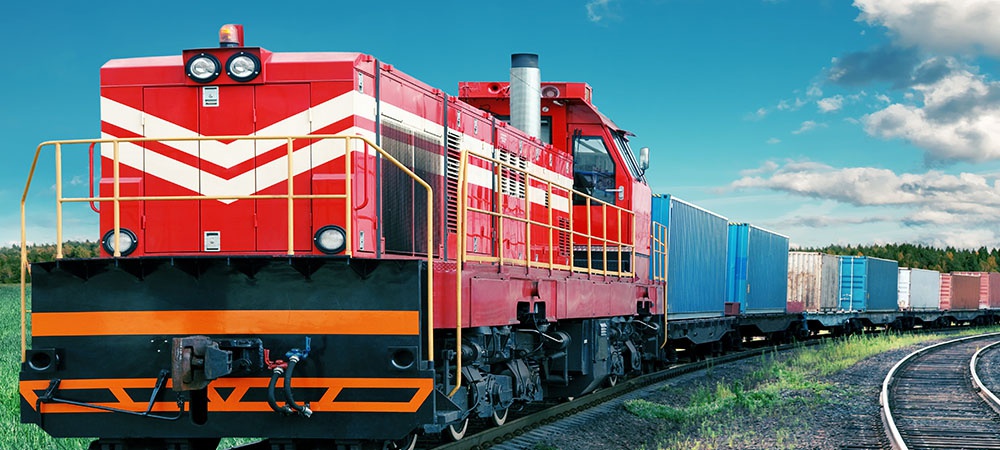Each year billions of dollars worth of goods are shipped between Canada and the United states. Due to this massive market, establishing cross-border shipping for your company is an essential part of growing your business.
Here we will look at some of the most common questions that companies and individuals have about Canada and USA Cross-Border shipping. This includes how items are transported, pitfalls to avoid, and how the overall process works.
How are Items Transported Between Canada and the USA?
By Truck
Roughly two thirds or 62% of cargo transported between the USA and Canada is done so by truck. Ground transport by truck is typically the most economical way to move goods across the border and offers the most flexibility in delivery options.
By Plane
However, some items are also transported by plane. Typically, air transport is chosen for speed and occasionally because of capacity. Though trucks are capable of hauling tens of thousands of pounds, a cargo plane can surpass this. In fact, some cargo planes are so large, they are used to transport other planes.
By Train
Train transport is another ground method that has both benefits and drawbacks. While train transport is cheaper than truck transport, it is slower and often more difficult to clear customs. Additionally, you will get hit with charges for accessorials – services that are considered beyond normal delivery or pick-up needs.

How Long Do Cross-Border Shipments Take?
Shipment times between the U.S. and Canada are often not much different than if you are shipping within a single country. On average, you can expect shipments that need to travel less than 500 miles to take less than two days while shipments of a thousand miles will take around 3-4 days.
Over a thousand miles are likely to be 5 to 7. Areas of either country that are more remote will take longer which will need to be considered when shipping.
This is on par with what you could expect when shipping within either country. Generally, if there is a delay it should not add more than a few days to the total time except in extreme weather circumstances or issues at the border.
What Documentation is Needed for Canada and USA Cross-Border Shipping?
Proper documentation is perhaps the single most important aspect of cross-border shipping. While proper recording of items is important on all shipments, it is especially critical when it comes to shipping between countries.
This is because incomplete, incorrect, or missing documentation can cause major delays and rack up massive fees. Here is a brief run through of the necessary and conditional documents you will need to consider.
- Bill of Lading: This important document is created by the shipper to give to the carrier. It contains a list of the goods including their weights, the shipper’s contact info, and where the shipment is being delivered.
- Commercial Invoice: An invoice allows for money to be collected and also assists in helping goods clear customs.
- Certificate of Origin: While a certificate of origin’s main purpose is to allow for customs charges to be calculated, it also ensures goods traveling between the U.S. and Canada receive their rightful preferential tariff designation.
- Conditional Documents: There are also several documents that may only be needed in certain circumstances. For example, a Shipper’s Export Declaration is needed if you are shipping a product that is on the commerce control list. Import permits may also be needed on certain restricted items.
How Can I Avoid Delays at the Border?
As we’ve just covered, proper documentation is key to moving your shipment efficiently. However, how can you be sure this is done correctly?
Customs Broker: One of the best ways to ensure your documentation is completed correctly is to hire a customs broker.
Note that you will need to hire a broker in the country you are shipping to. So, if you are shipping from Canada to the USA, you will need a broker in the United States.
Documentation/Packing List: You can further help your custom’s broker by providing a detailed Packing List. A Packing List is not a required document typically but will provide extra information like model numbers, quantities, net weight, etc.
A packing list will allow your customs broker to more quickly and easily answer any questions that arise at customs. This can prevent delays that could be caused if the broker needs to contact you to get the info directly.
Other Tips for Faster Customs Clearance
- Create invoices and documents that are complete and easy to read/understand.
- Prepare documents as soon as possible and get the info to your broker as early as possible.
- Ensure your packages are labeled, organized, and match up with what is on your invoice. Packages should also have the country of origin clearly printed on their labels.
- Stay in close contact with your broker to ensure all information is passed along in a timely manner and that all documents are complete.
How do I Estimate Taxes and Fees?
Shipping between the U.S. and Canada comes with a variety of fees to consider. In order to properly estimate these you must first classify your goods. A broker can figure out your classification number, or, if you are going without a broker, you can figure out your number by using the Harmonized Tariff Schedule Search.
The Harmonized Tariff will also help you to estimate the taxes and duties associated with your shipment. While you will definitely be able to estimate this on your own, a broker can help make this process faster and more accurate.

Do I Have to Keep Shipping Documents on File?
Yes, it is actually a legal requirement that shipping documentation be kept in case any issues arise and the shipment must be tracked or investigated.
This is, again, another good reason to hire a customs broker. A customs broker will keep these documents on file for as long as needed which can be several years.
What Can You Do to Avoid Mistakes with Cross-Border Shipping?
Along with proper documentation and attention to detail, the best way to avoid mistakes in cross-border shipping is to partner with a carrier who has experience in transporting goods across the border.
At RoadLINX, we specialize in shipping between Canada and the USA. Our logistics teams understand the unique needs that come with shipping across the border and will work with you to coordinate the fastest and most cost-effective solutions.
To get started, request a free cross-border shipping estimate from RoadLINX.

Leave a Reply